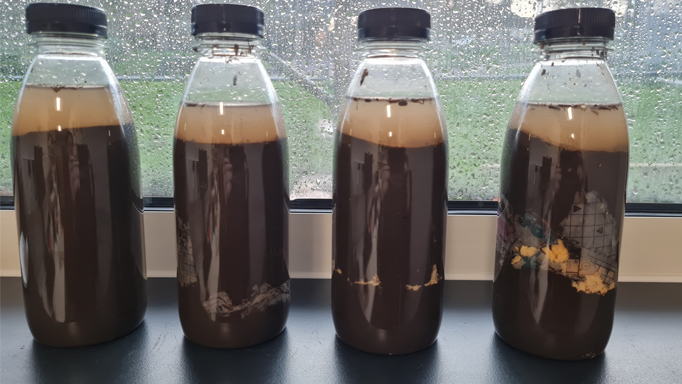7. Soil
Dr Helen Glanville
Soils are so much more than just dirt. They are a living breathing entity. They are home to a quarter of the Earth’s species from familiar creatures like worms and woodlice, to the lesser known, but fascinating tardigrade, (one of the most resistant animals on Earth) which can live on every continent and can even survive the vacuum of space, through to bacteria and fungi which are crucial supporting a healthy soil. In just one handful of healthy soil, you have more organisms in your hand than there are people on the planet!
However, soils are under increasing pressure from erosion, poor management, demand for food production, contamination and climate change. Over one third of our global soil are classed as degraded, yet 95% of our food relies on the soil and every minute we lose the equivalent of 30 football pitches of fertile soil (Soil Association).
My research looks at trying to understand how small-scale soil microbial pathways respond to external pressures in order to ascertain how these largely invisible processes help support larger scale nutrient cycling and ecosystem function. The 4 unassuming plastic bottles here are a real-life experiment and are called Winogradsky columns. Here, I am using soil from just outside the Geography building to look at how native soil microbial communities recycle and process nutrients, necessary for survival. Each bottle has a different food source 1. Control (no food source), 2. Newspaper as a cellulose source, 3. Egg as a sulphur source and 4. Newspaper and egg combined. Over time (hopefully), we will see different colours emerge which will reflect different microbial communities which are living directly in the ground beneath our feet.
The picture before is taken on day 1 (08/02/2023) so hopefully you can start to see some changes.
